Wings officially gone from MotoGP in 2017
The proliferation of various aerodynamics wings, or winglets as they have been more commonly called, has been somewhat alarming this season.
Dani Pedrosa broke the mould last weekend at Misano though, when the 30-year-old, yes he is still only 30 despite seemingly being in the MotoGP paddock for as long as most of us can remember, took a resounding come-from-behind victory at the 4.2km, 16-turn, Misano World Circuit Marco Simoncelli.
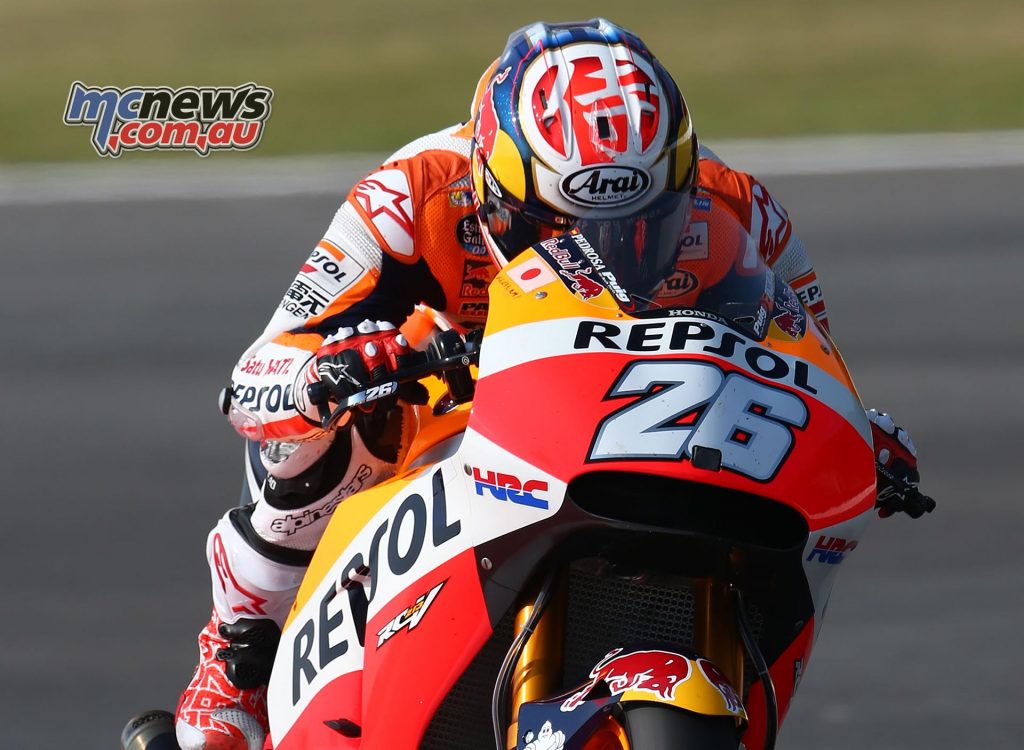
While Marc Marquez ran wings on his Repsol Honda at Misano, his even more diminutive 158cm (5’2″), 51kg (112 lb), teammate showed off a proud clean nose on the front of his RC213V.
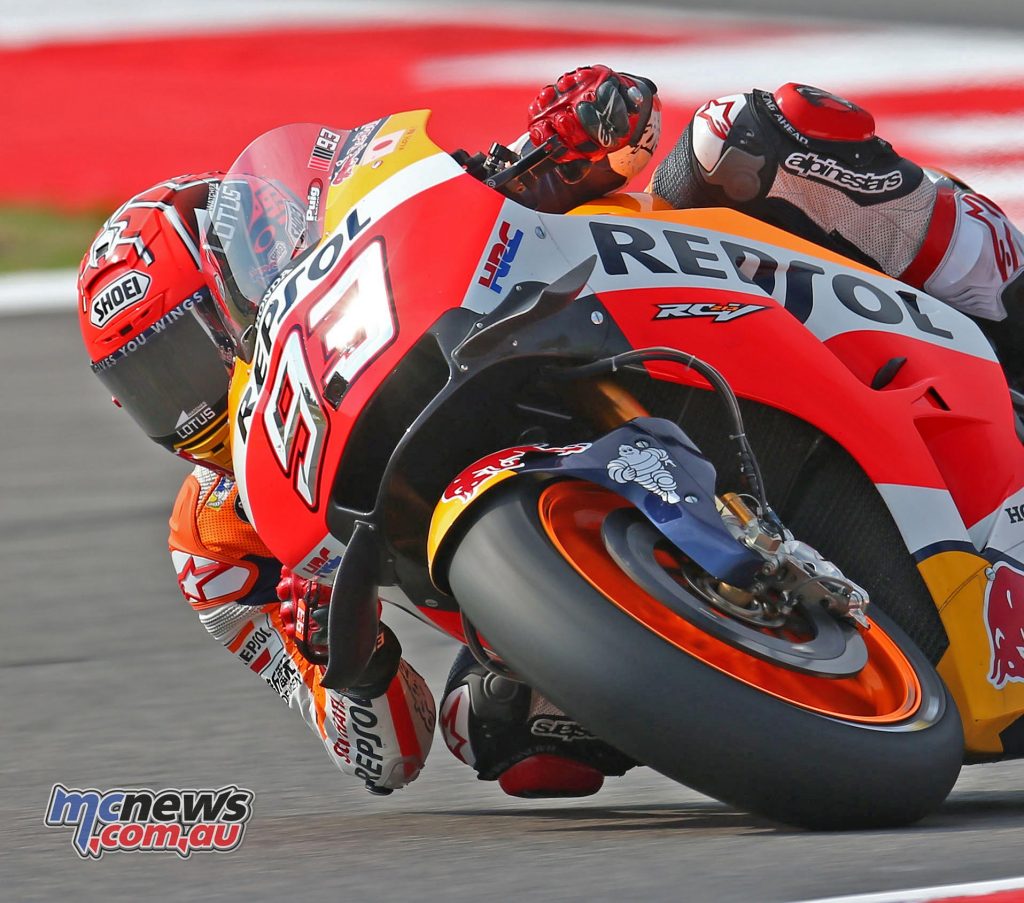
It certainly didn’t hurt him at Misano, where the Spaniard romped through the field thanks to an amazing new found confidence in the front end of his Honda, largely thanks to a new Michelin front introduced that same weekend.
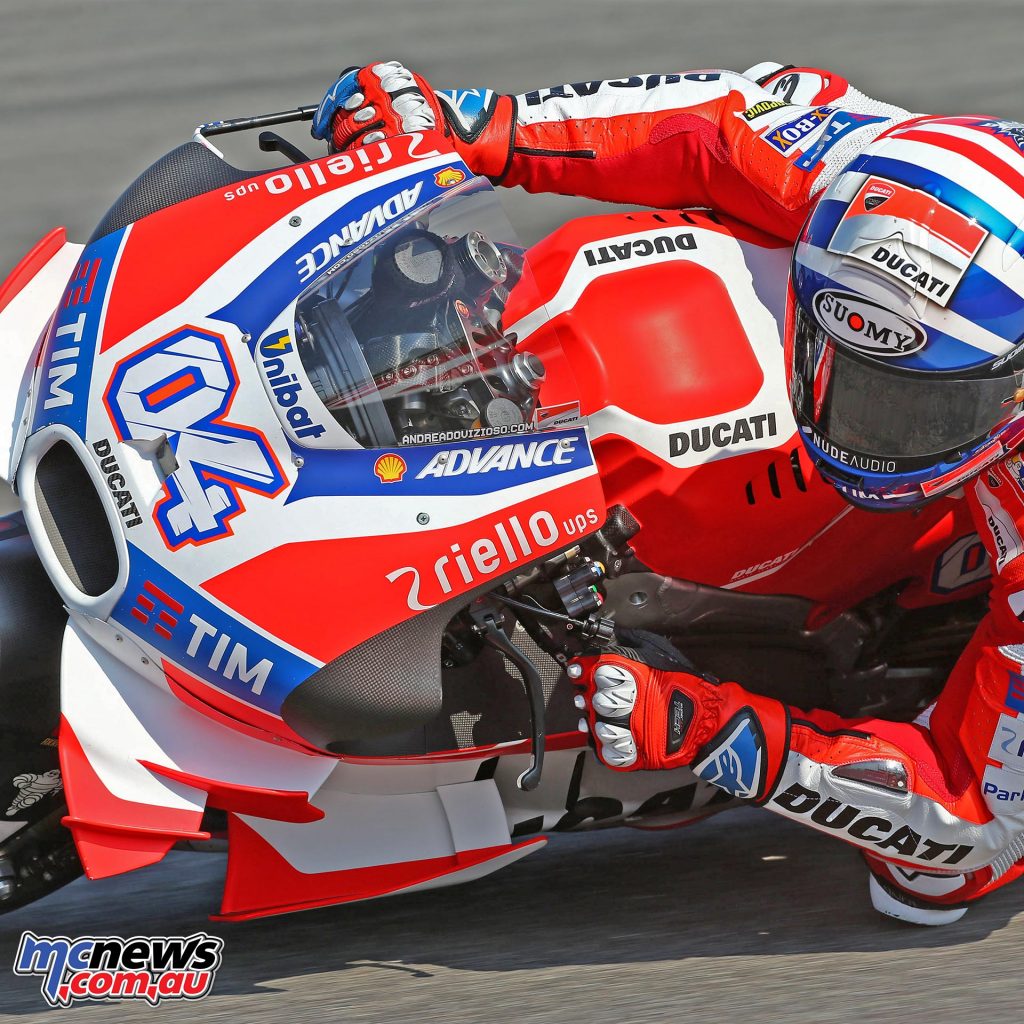
For season 2017, all the machines on the MotoGP grid will feature a more clean shaven face, due to rules to effectively ban the use of such devices was officially ratified this week in a meeting of the Grand Prix Commission.
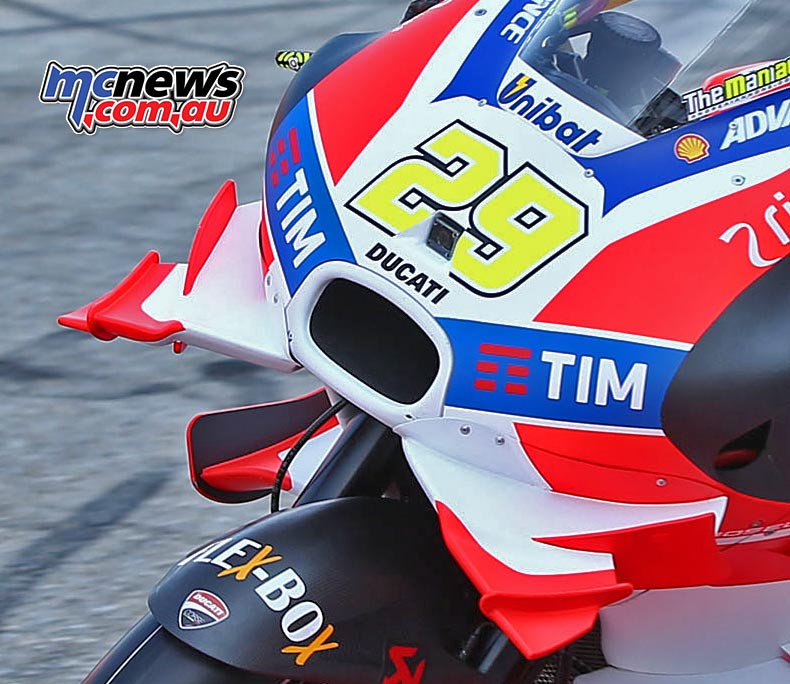
There have also been some tweaks to the Moto3 engine rules, to help clarify the situation in regards to leased engines for wildcard riders in 2017.
Grand Prix Commission statement on aerodynamic devices in MotoGP 2017
The Grand Prix Commission, composed of Messrs. Carmelo Ezpeleta (Dorna, Chairman), Ignacio Verneda (FIM CEO), Herve Poncharal (IRTA) and Takanao Tsubouchi (MSMA) in the presence of Javier Alonso (Dorna) and Mike Trimby (IRTA, Secretary of the meeting), in a meeting held on 9 September at Misano (RSM), made the following decisions:
MotoGP Technical Regulations – Effective Season 2017
Streamlining and Aerodynamic Devices
It was already announced that aerodynamic wings are banned in all classes from 2017. The wording of the regulation covering this matter was confirmed:
Devices or shapes protruding from the fairing or bodywork and not integrated in the body streamlining (e.g. wings, fins, bulges, etc.) that may provide an aerodynamic effect (e.g. providing downforce, disrupting aerodynamic wake, etc.) are not allowed.
The Technical Director will be the sole judge of whether a device or fairing design falls into the above definition.
Furthermore, to avoid that the front of the fairing is wing-shaped, with unpredictable safety results, the front of the fairing cannot protrude more than 150mm beyond a vertical line drawn through the front wheel spindle. (It should be noted that all fairings in current use already comply with this).
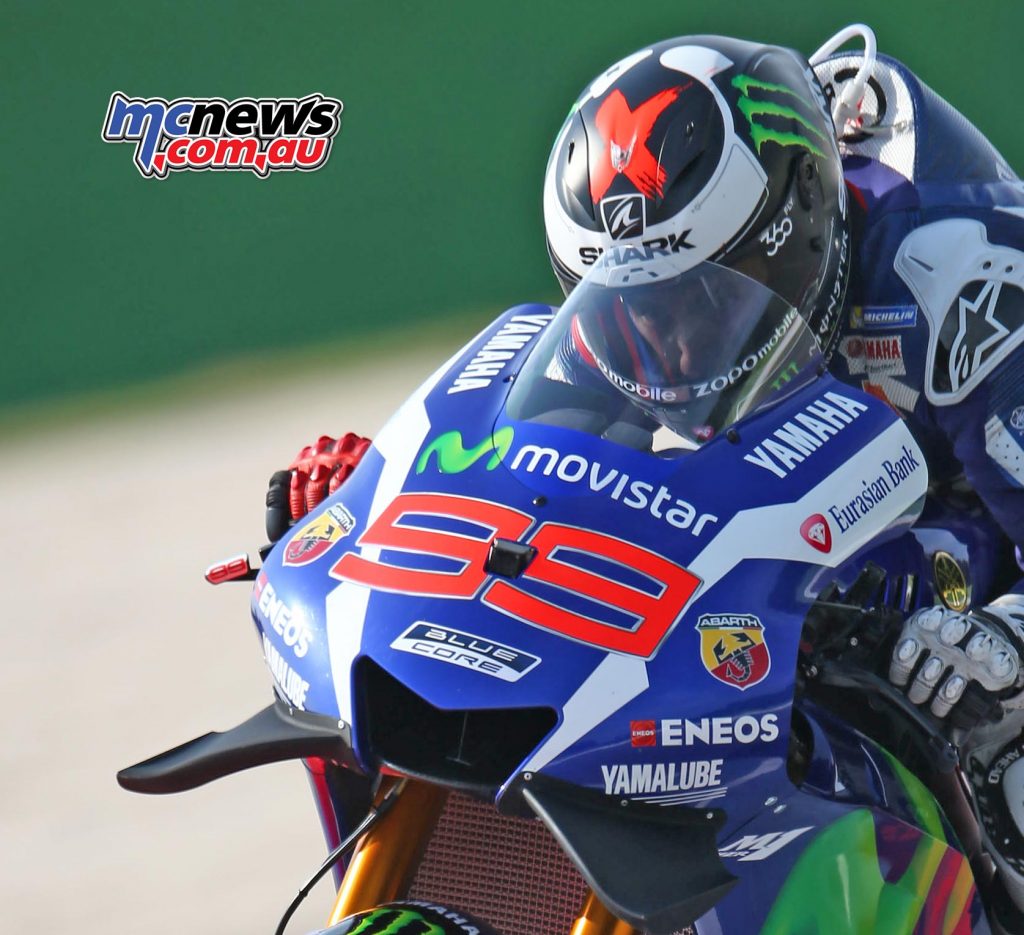
Moto3 Wild Cards
In 2017 all manufacturers in the Moto3 class will supply engines to the contracted riders on a rental basis. Engines will no longer be sold to teams.
The Championship is keen to retain the possibility for wild cards to participate. But to ensure that their engines comply with current regulations it will be a requirement for wild card entries to seek approval from the engine manufacturer and to use the homologated ECU maps.
To permit the possibility of wild card riders using machines from other manufacturers, they may also use engines approved for the FIM CEV Junior World Championship. Such engines must comply with FIM Moto3 World Championship regulations with regards to engine specification and ECU requirements.
























